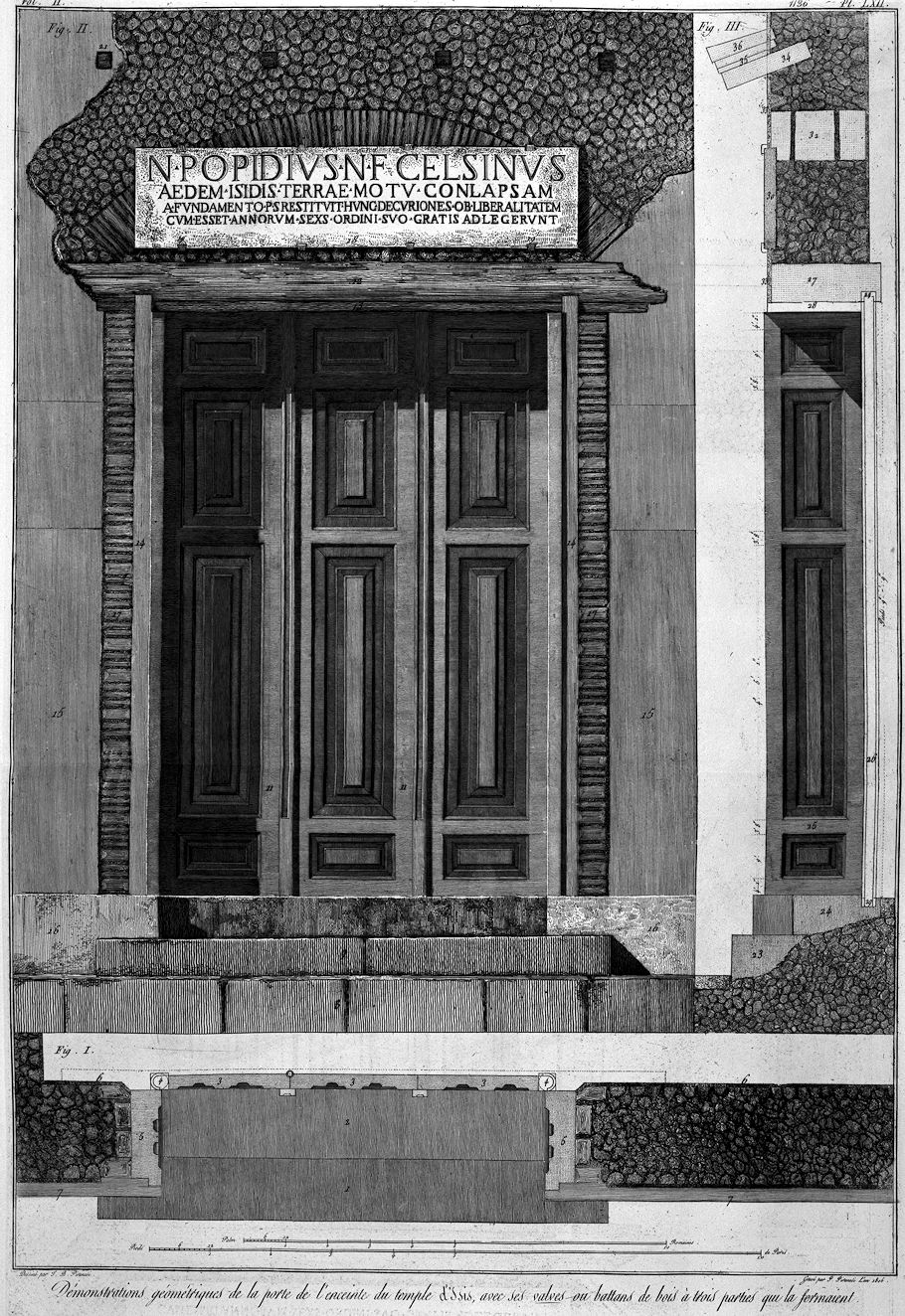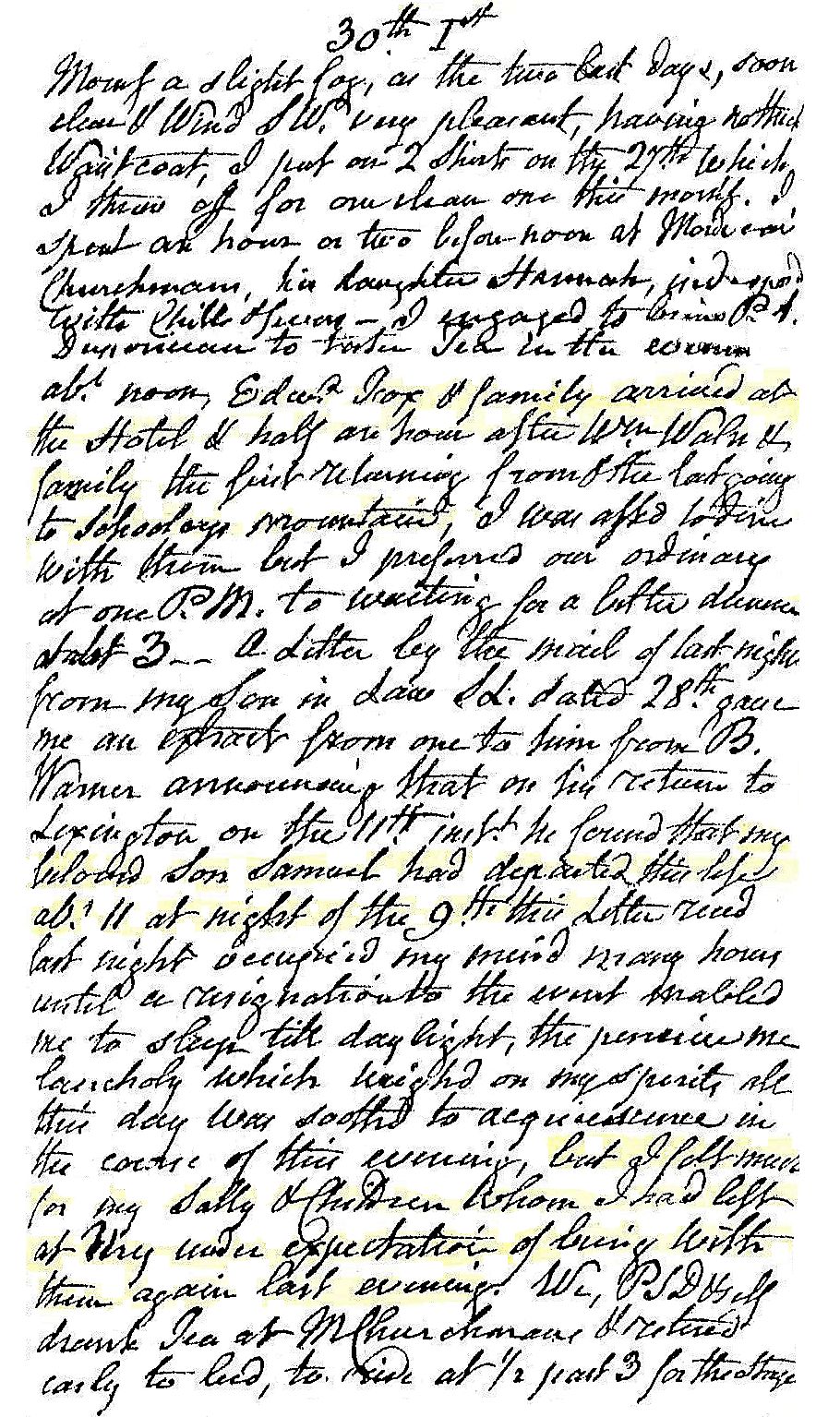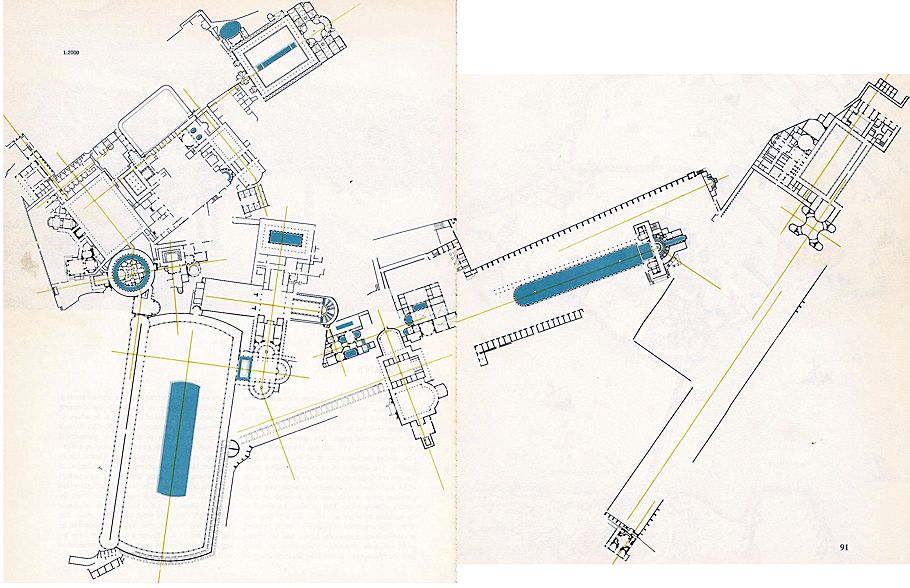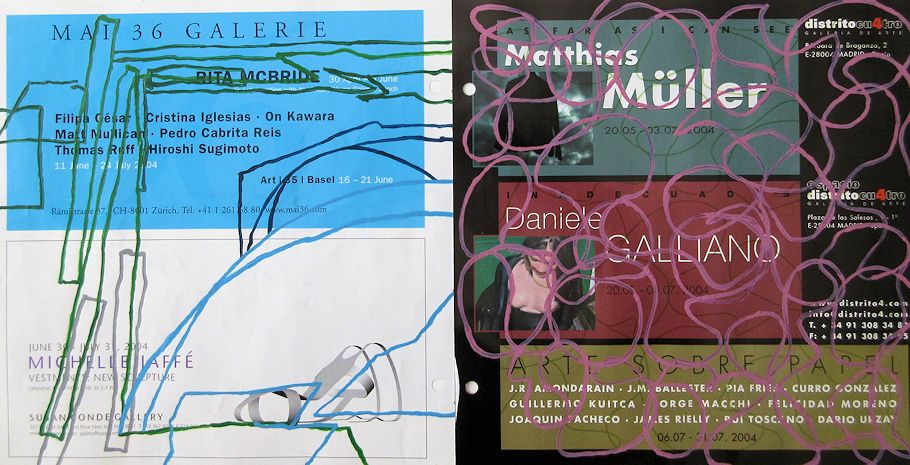30 August 1771
"The name Francesco Piranesi followed by the date 1771, documents the presence of the artist's son, thirteen at the time ... and support Legrand's assertion that Piranesi's great plan of the villa, published posthumously by Francesco in 1781, was the fruit of ten years work."
30 August 1778 Sunday
. . . . . .
Artifacts of the Bianconi vs Piranesi 'Circus of Caracalla' affair 1772-1789
. . . . . .
30 August 1794
"From Piranesi’s dense correspondence with Gustav Adolf Reuterholm (1756–1813) between 1790 and 1797, it is evident that relations between Righetti and the Swedish court were strong. On 30th August 1794 Piranesi sent Reuterholm a list of the contents of the cases he had just dispatched to Stockholm. Among numerous pieces there was a bronze tripod copied from the one in the museum at Portici. Piranesi added that this was ‘the same that your Excellency saw at Francesco Righetti’s from whom you bought your bronzes when you were in Rome’. In 1792 Reuterholm had been in Rome and met both Piranesi and Righetti. Evidently Reuterholm was also interested in Righetti’s bronzes, although it is difficult to establish if his attention was caught by simple statues or if he preferred other objects in the artist’s studio. From Piranesi’s words it is evident that the tripod was not sent to Sweden at the King’s request but by Piranesi himself as proof of his fealty. In order to help Reuterholm identify the piece he described it at length, saying that it was a plate in his father’s first volume of vases and candelabra."
Chiara Teolato
48 y.o. Francesco Piranesi 1806
Le Antichità della Magna Grecia Parte II

Geometric demonstrations of the gate of the enclosure of the temple of Isis, with its valves or shutters of wood with three parts which closed it.
Drawn by G.B. Piranesi
Engraved by F. Piranesi Year 1806
30 August 1812 Sunday

Morning a slight fog, as he last two days, soon clear and wind SW, very pleasant. Having no thick waistcoat, I put on 2 shirts on the 27th, which I threw[?] off for one clean one this morning. I spent an hours or two before noon at Mordecai Churchman's, his daughter Hannah indisposed with child .......[?]. I engaged to bring P.S. Duponceau to take tea in the evening. About noon, Edward Fox[?] and family arrived at the hotel and half an hour after William Waln and family, the first from and the last going to Schoolog's[?] Mountain. I was asked to dine with them but I preferred our ordinary at 1 PM to waiting for a better dinner at about 3.
A letter by the mail of last night from my son-in-law SL dated 28th gave me an extract from one to him from B. Warner announcing that on his return to Lexington on the 11th inst. he found that my beloved son Samuel had departed this life about 11 at night on the 9th. This letter read last night occupied my mind many hours until a resignation to the event enabled me to sleep till daylight. The previous melancholy which weighed on my spirits all this day was soothed to acquiescence in the course of this evening, but I felt much for my Sally and children whom I had left at Ury under expectation of being with them again last evening. We, PSD and self drank tea at M Churchman's and returned early to bed, to rise at 1/2 past 3 for the stage.
30 August 1977
Tuesday Hadrian's Villa Villa d'Este

I carried Edmund Bacon's Design of Cities open to pages 90 and 91 throughout my tour of Hadrian's Villa because of the plan of Hadrian's Villa in the book. "Professor Pron" followed me throughout the villa because I had an actual plan of the place. Directly behind the Canopus was a fence marking the edge of the park, but the plan in Design of Cities showed some plans further beyond the fence. Pron jumped the fence and started walking through the overgrown field toward a cluster of trees. I followed but also asked myself, "Do we really think we're going to find something?" We're both probably lucky we didn't just get bit by something.
At Villa d'Este there are two busty sphinxes with water spouting out their nipples at the top of the railings either side the cascading central axis. Just as I suspected, if you stop the flow of one nipple, then the water projects twice as far out the other nipple.
30 August 2003
Re: FW Evolutionary theory and architecture
Aside from strictly religious (temple and church) architecture, the case can be made that classical Roman architecture, in general, reached its climax during the reign of Maxentius, and ended 28 October 312, when Maxentius lost his life in battle with Constantine at the Milvian Bridge--Maxentius became (usurpative) emperor of Italy and North Africa 28 October 306, and Constantine attributes his Christian conversion to events that occurred the eve of 28 October 312. The architecture built in Rome under Maxentius is of the utmost refinement, e.g., the Circus of Maxentius manifests the most precisely designed of all Roman circuses. [Incidentally, the Circus of Maxentius plays a key role in the manifestation of two Ichnographia Campus Martius.] Records indicate that it may have been only a month after Constantine's triumph at the Milvian Bridge that the first Christian Basilica in Rome, first named after Constantine and today St. John Lateran, began construction. The architecture of Rome executed under Constantine (312-330) further includes (at least), St. Peter's at the Vatican, separate Basilicas of St. Lawrence, Agnes, and Peter et Marcellinus, Santa Croce in Gerusalemme (which is all that remains today of Elegabalus' Sessorian Palace, where Helena took up subsequent residence in Rome), the Arch of Constantine (which reused pieces of the Arch of Trajan), the Baths of Constantine, the Baths of Helena, and the Mausoleum of Helena (whose ruins exhibit construction very similar to the ruins of the great Constantinian Bath of Treves (Trier, 306-312), which were the largest Roman Baths outside Rome).
30 August 2021

30 August 2023 Wednesday
. . . . . .
|